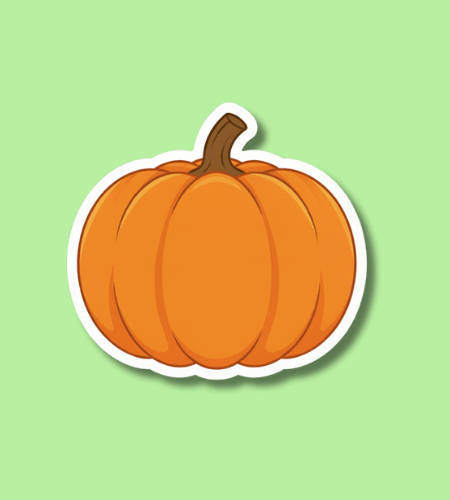The National Pumpkin Day, celebrated each year on October 26, invites us to celebrate the humble pumpkin in all its glory—its vibrant color, its role in autumn traditions, and its versatility in kitchens and décor. This day is a nod to the arrival of fall, a reminder of harvests, of carving jack‑o’‑lanterns, baking pumpkin treats, and simply enjoying the warm and familiar presence of pumpkins in our lives.
Table of Contents
History of National Pumpkin Day
While the exact origins of National Pumpkin Day remain a bit hazy, it has become widely recognized on October 26 in the United States as a day to honor pumpkins and all they represent. The pumpkin itself has deep roots in North America: indigenous peoples cultivated varieties long before European settlers arrived, using them for food, storage and significance in seasonal cycles.
Over time the pumpkin took on cultural significance—becoming tied to harvest festivals, Halloween carved lanterns and Thanksgiving pies. This evolution of meaning is reflected in the creation of a dedicated day: though not officially proclaimed in the way some holidays are, National Pumpkin Day has emerged organically as a moment to pause and delight in one of autumn’s most iconic symbols.
Why is National Pumpkin Day important?
This day matters because it connects us with the rhythms of nature, the cycle of seasons and the way food and tradition intertwine. The pumpkin isn’t just a decoration or a flavor trend—it’s a story of agriculture, of resilience in winter stores, of turning abundance into comfort. By celebrating the pumpkin, we acknowledge the farmers, the harvests and the changing climate that bring this fruit from field to table.
It also offers a chance to reflect on simplicity and symbolism. A bright orange gourd sitting on a doorstep or a smooth pumpkin‑spiced latte in hand can evoke memory, home and gathering. National Pumpkin Day encourages us to recognize that even small rituals—picking a pumpkin, baking a loaf, carving a face—carry meaning and link us to community, heritage and delight in seasonal change.
- It honors a crop with ancient roots and seasonal importance.
- It reminds us of the harvest, growing food and sharing meals.
- It invites creative expression and simple joys—carving, baking, decorating.
- It brings family and community together around a familiar symbol.
- It connects the practical (food, agriculture) with the symbolic (fall, change, tradition).
How to Celebrate National Pumpkin Day
Celebrating National Pumpkin Day can be both fun and accessible. One good way is to visit a pumpkin patch or local farm: picking out a pumpkin of your own gives you something tangible to mark the day—and you might also learn a little about how pumpkins grow, the varieties, and the folks who grow them. Another idea is to choose a recipe or activity involving pumpkins: bake a pumpkin loaf, roast pumpkin seeds, carve a jack‑o’‑lantern, or even try pumpkin in a savoury dish you’ve never made before. The key is enjoying the moment and sharing it, whether quietly or with others.
- Go to a pumpkin patch or local market and choose your favorite pumpkin.
- Bake or cook something pumpkin‑based—pie, bread, soup, or muffins.
- Carve or decorate your pumpkin in a creative way.
- Share a pumpkin‑themed treat or dish with friends, family, or neighbors.
- Reflect on what this season means to you—change, harvest, warmth—and enjoy the symbolism of the pumpkin.
National Pumpkin Day Dates Table
| Year | Date | Day |
|---|---|---|
| 2025 | October 26 | Sunday |
| 2026 | October 26 | Monday |
| 2027 | October 26 | Tuesday |
| 2028 | October 26 | Thursday |
| 2029 | October 26 | Friday |
Subscribe to our newsletter and never miss a holiday again!

